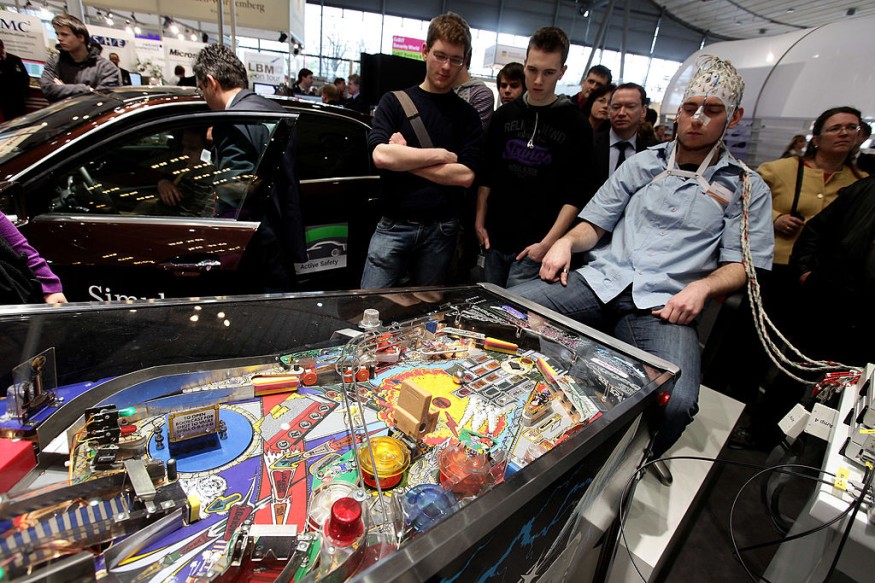A team of scientists and engineers demonstrated a novel approach that could enable humans to control electronic gadgets - by inserting electrodes through the veins.
Researchers have devised a new method that could restore motor impulses and allow them to control devices. It can potentially improve functional independence in patients experiencing severe paralysis - either from disorders of the brain, spinal cord, or even of the muscles. The details of their work are published in the Journal of NeuroInterventional Surgery.
Interfacing Brains and Computers
To achieve the new implantable brain-computer interface from Australia and the United States mounted electrodes through a stent - a tiny expandable tube used by medical practitioners that expands to restore normal flow through veins and arteries.
Researchers installed the electrodes into two participants suffering from amyotrophic lateral sclerosis (ALS), a progressive disorder of the nervous system that causes loss of control over the muscles. The participants received the implant in what the researchers described as a single-arm, open-label, prospective study. The motor neuroprosthesis contains a "self-expanding monolithic thin-film stent-electrode array" introduced into the participants through the jugular vein through a guide catheter.

RELATED: Diabetes Drug May Be Effective Treatment for ALS
The electrode in the stent then allowed researchers to identify signals from the participants' intent to move. These signals were then sent wirelessly, through an infrared transmitter, to a computer. The two participants then took initial motor mapping task sessions, having them attempt a variety of movements, from fist clenching to foot tapping. Mapping the signals then required the researchers to implement a machine-learning algorithm to relate these inputs to commands translatable for actuators.
Moving Into the Commercial Arena
"Self-expanding stent technology has been well demonstrated in both cardiac and neurological applications to treat other diseases. We just use that feature and put electrodes on top of the stent," said Thomas Oxley, CEO of Synchron, which aims to commercialize the revolutionary technology. He adds that patients can go home after just a couple of days, with the tech being generally plug-and-play.
Researchers designed the experiment in compliance with the guidelines set by the Food and Drug Administration (FDA) for Early Feasibility Studies (EFS) concerning implantable brain-computer interfaces. The experimental proposal was approved by the Human Research Ethics Committee at St. Vincent's Hospital in Melbourne, Australia.
The results in the published study demonstrate the feasibility of this BCI. However, the FDA is yet to give its approval for the "stentrode" for commercial public use. Furthermore, the tech portal Ars Technica reports that Synchron is still looking for additional funding. As detailed in the published report, the preliminary studies were supported by a number of grants, including those from the Microsystems Technology Office at the US Defense Advanced Projects Agency (DARPA), Office of Naval Research, US Department of Defense - Office of the Congressionally Directed Medical Research Programs (CDMRP), Australia Research Council, and the Australian Federal Government.
RELATED: 5 Companies Involving Elon Musk and What They're Up To
The attempt to advance invasive brain-computer interface remains a tricky business - the use of flexible, micrometer-thin electrodes are often thwarted by the brain's defense mechanisms. Inserting foreign materials forces the brain to secrete and coat these invaders with glial cells - non-neuronal materials in the brain whose main function is to maintain the steady internal state of the brain.
Check out more news and information about Brain-Computer Interfaces in Science Times.
© 2025 ScienceTimes.com All rights reserved. Do not reproduce without permission. The window to the world of Science Times.











